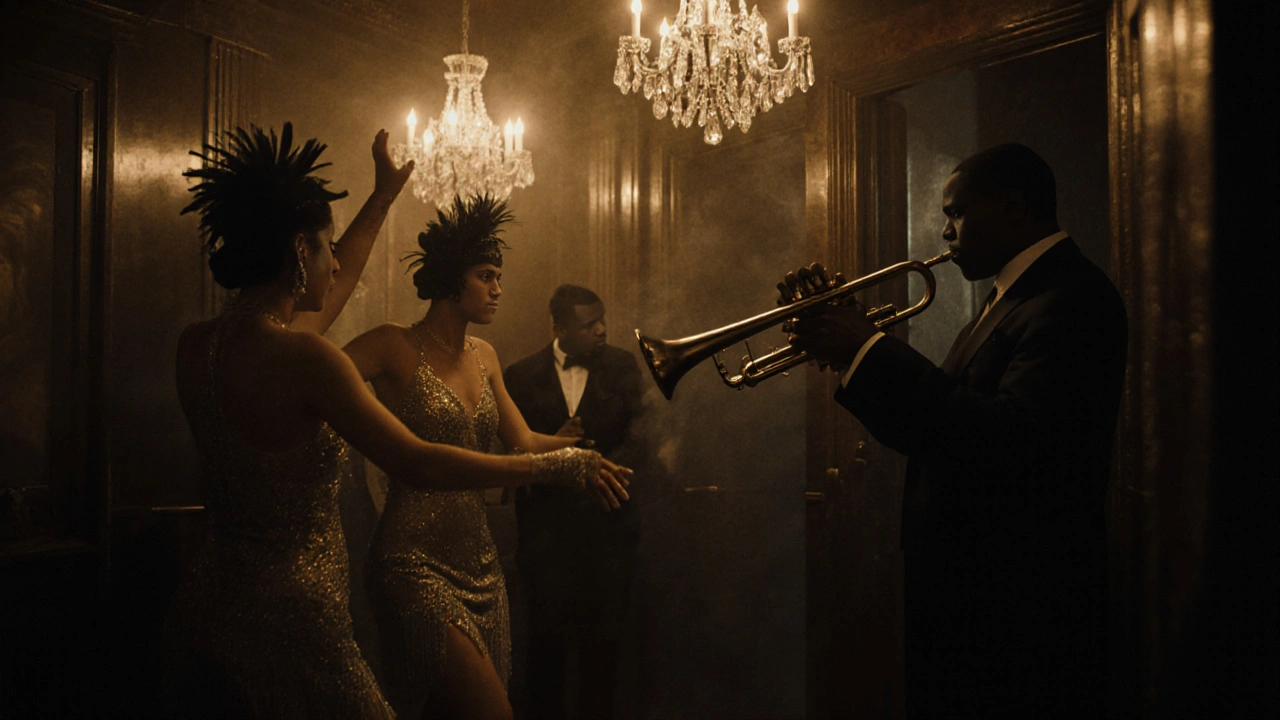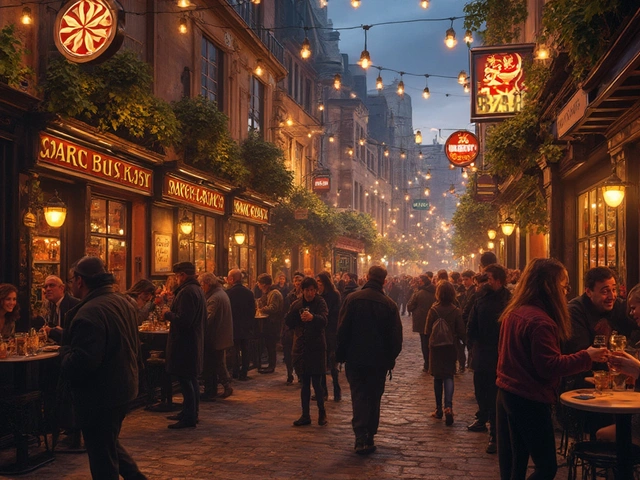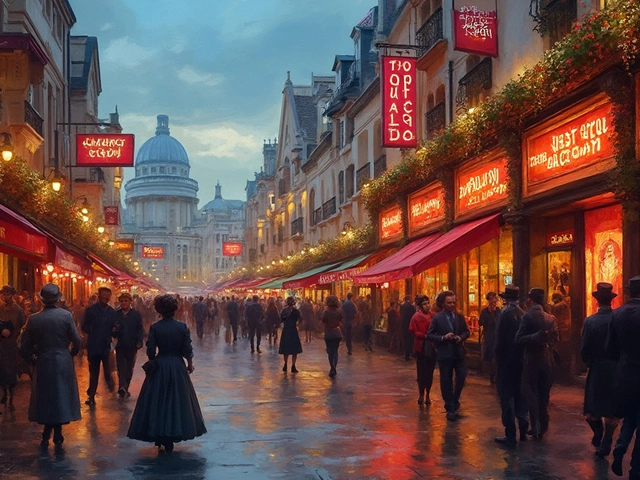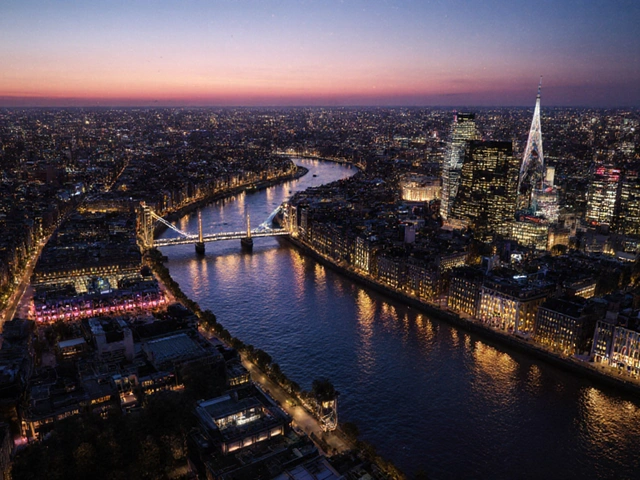UK Nightlife History: From Underground Clubs to Modern Dance Scenes
When you think of UK nightlife history, the evolution of social gathering spaces in Britain that transformed music, identity, and urban life. Also known as British club culture, it's not just about dancing—it’s about who found refuge, voice, and freedom in the dark. This isn’t a story of fancy bottles and VIP sections. It’s about derelict ice rinks becoming temples of sound, queer basements turning into safe havens, and underground warehouses where no one knew the name of the DJ—but everyone knew the beat.
The Ministry of Sound, a London nightclub that rose from a forgotten building to become one of the most influential dance music venues in the world. Also known as The Sound, it didn’t just play music—it curated a movement. In the early 90s, when rave culture was being shut down, Ministry stood firm with its legendary sound system and no-nonsense booking policy. Around the same time, Fabric London, a Bermondsey basement that became the spiritual home of techno and house music. Also known as Fabric nightclub, it stayed true to one rule: the music comes first, always. No flashing lights, no bottle service, just pure, unfiltered sound and a crowd that came to lose themselves. Then there’s Heaven Nightclub, London’s longest-running queer nightlife landmark that turned drag, dance, and defiance into a weekly ritual. Also known as Heaven London gay club, it’s been open since 1979, surviving AIDS, stigma, and gentrification because it never stopped being a home for those who didn’t fit anywhere else.
These aren’t just venues. They’re archives. Every bass drop at Fabric holds a memory. Every glitter drop at Heaven tells a story of survival. And every night at Ministry? It’s proof that a single space can shape global trends. You can’t understand modern London without knowing how these places changed the game. They didn’t follow trends—they made them. And today, you still feel their echo in every underground party in Shoreditch, every grime night in Brixton, every 24-hour bar in Camden.
The UK nightlife history you won’t find in tourist brochures is written in sweat, basslines, and late-night bus rides home. It’s in the girls who worked the doors, the DJs who played for free just to be heard, the strangers who became family under strobe lights. This collection of posts doesn’t just list clubs. It pulls back the curtain on what made them matter—real prices, real people, real nights that changed lives. What you’re about to read isn’t just history. It’s the heartbeat of a city that never sleeps, and never stopped fighting to be heard.

- Nov 14, 2025
- Posted by Astrid Kensington
A Journey Through Time: London’s Dance Clubs and Their Historical Evolution
London’s dance clubs have shaped the city’s culture for over a century-from jazz speakeasies to underground raves. Discover how these venues evolved through war, rebellion, and gentrification, and where to find today’s most authentic spots.





